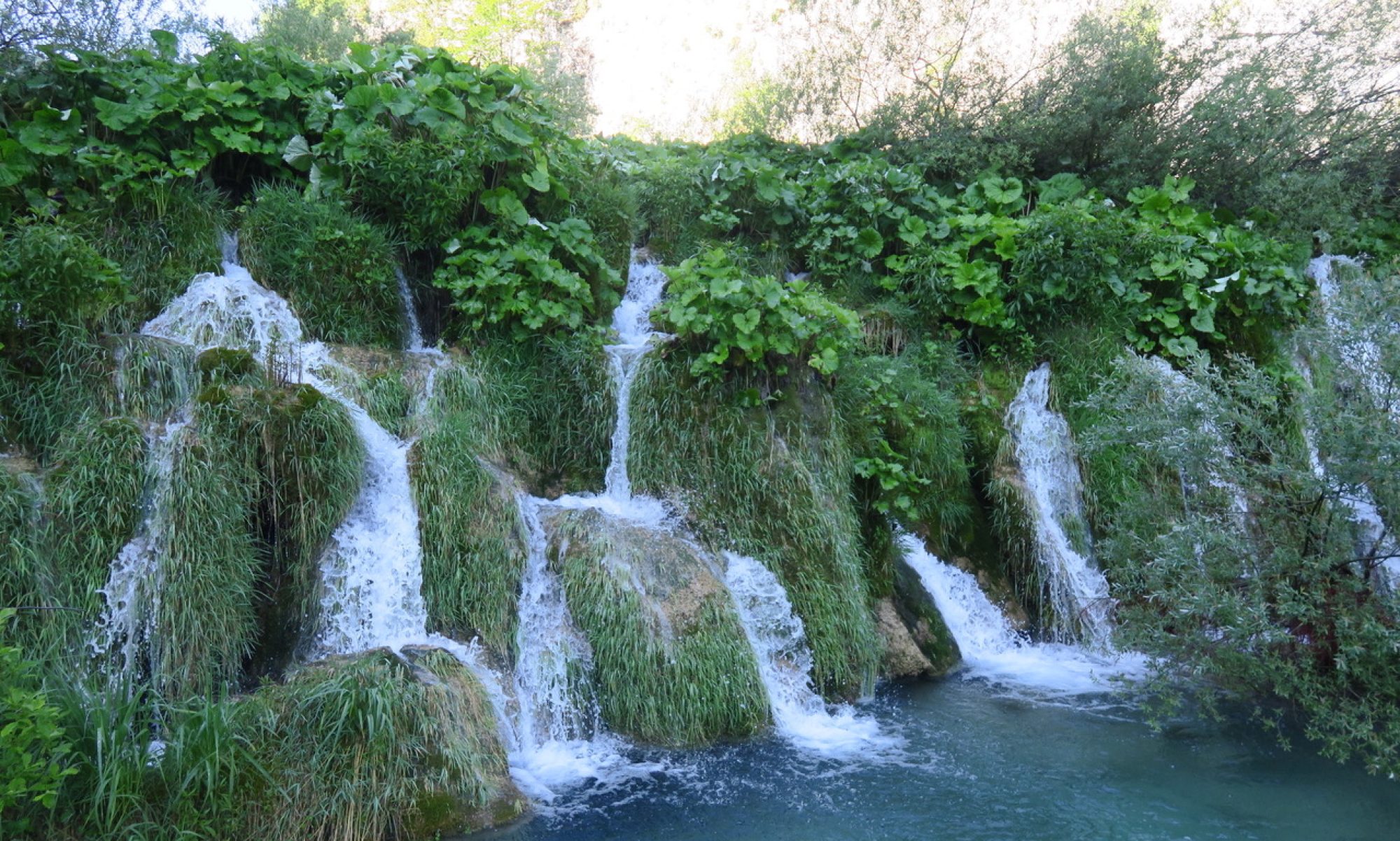This study abroad focuses on the written stories and reflections of a people who have spent all but their last 29 years under the rule of the Roman Empire, Napoleon, the Austro-Hungarian Empire, and the short-lived communist country of Yugoslavia. Slovenia and Croatia each seceded from Yugoslavia and declared independence in 1991. Bosnia & Herzegovina’s separation from Yugoslavia was much more complicated.
Through short stories, essays, and novels—as well as conversations and visits to sites significant to Slovene, Croatian, and Bosnian literature—students will explore the literary, linguistic, and cultural path of these peoples from the time of their arrival as southern Slavs in the Balkans to present day. We’ll start by studying Slovenia, then explore Croatia’s completely different path to present day as a comparison study. A brief trip into Bosnia will reveal yet another, more dramatic, comparison.
Located on the boundary between Western and Eastern Europe, Slovenia, Croatia, and Bosnia & Herzegovina and their neighbors seem always to be at the crossroads of significant historical events—from world wars and the Cold War to the more recent immigration from the Middle East. Slovenia was the first former communist country to hold the presidency of the European Union. Yet while history is important, it is the literature and language that unify the two million Slovenes who live there. Boulevards and statues in the capital, Ljubljana, are named for writers, not generals or presidents. Croatia boasts similar monuments, joined the EU in 2014, and is following its own path to full integration into Europe. Bosnia, the most Eastern of the countries in geography, economy, and customs, trying hard to find its way.
